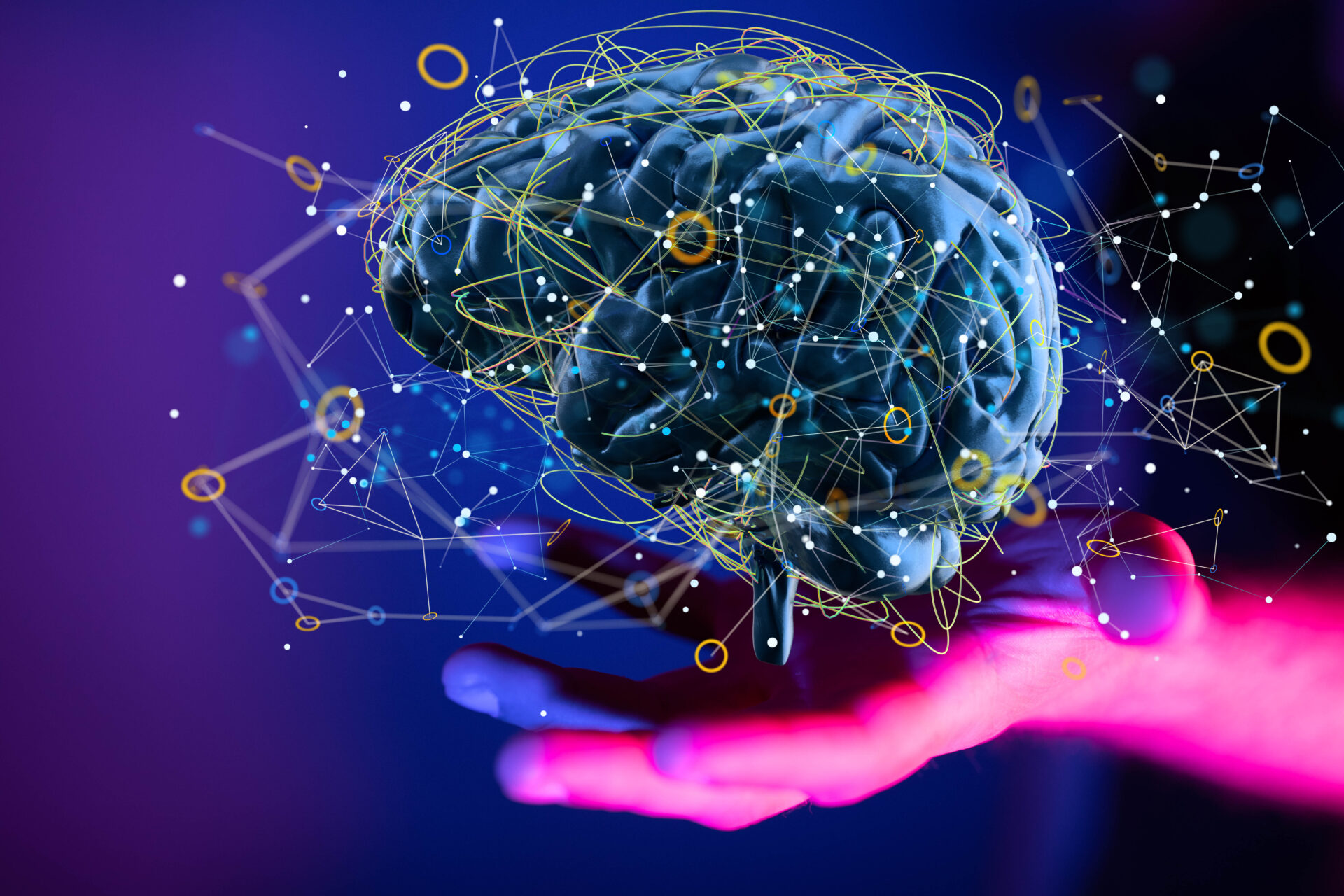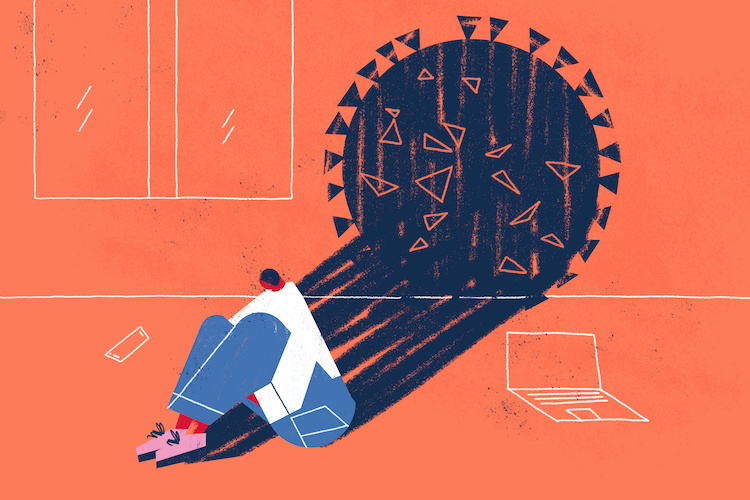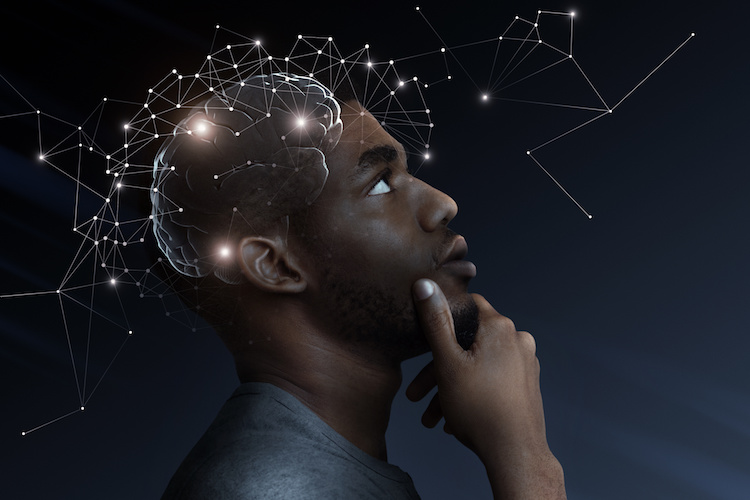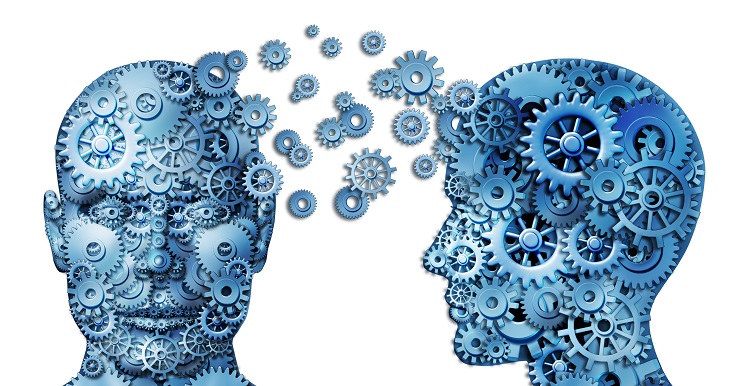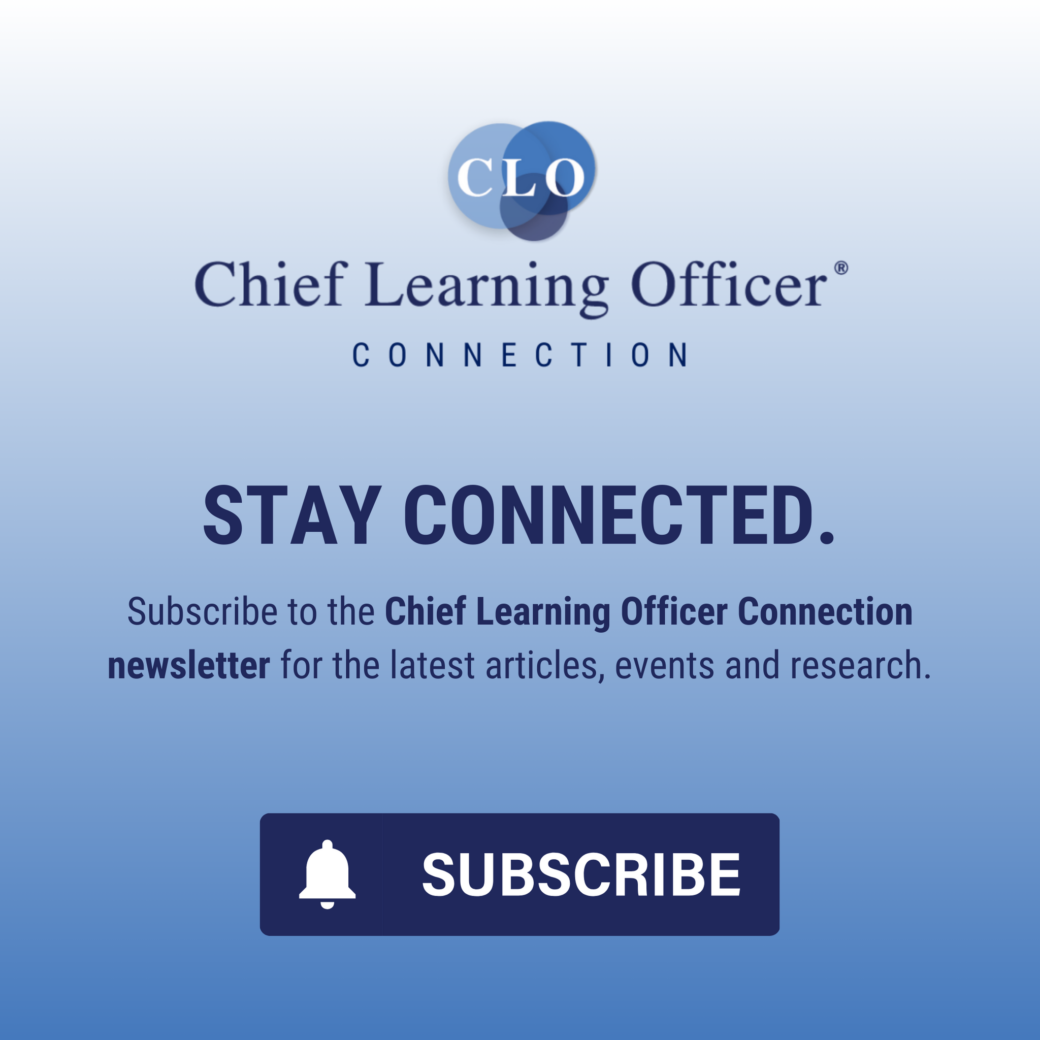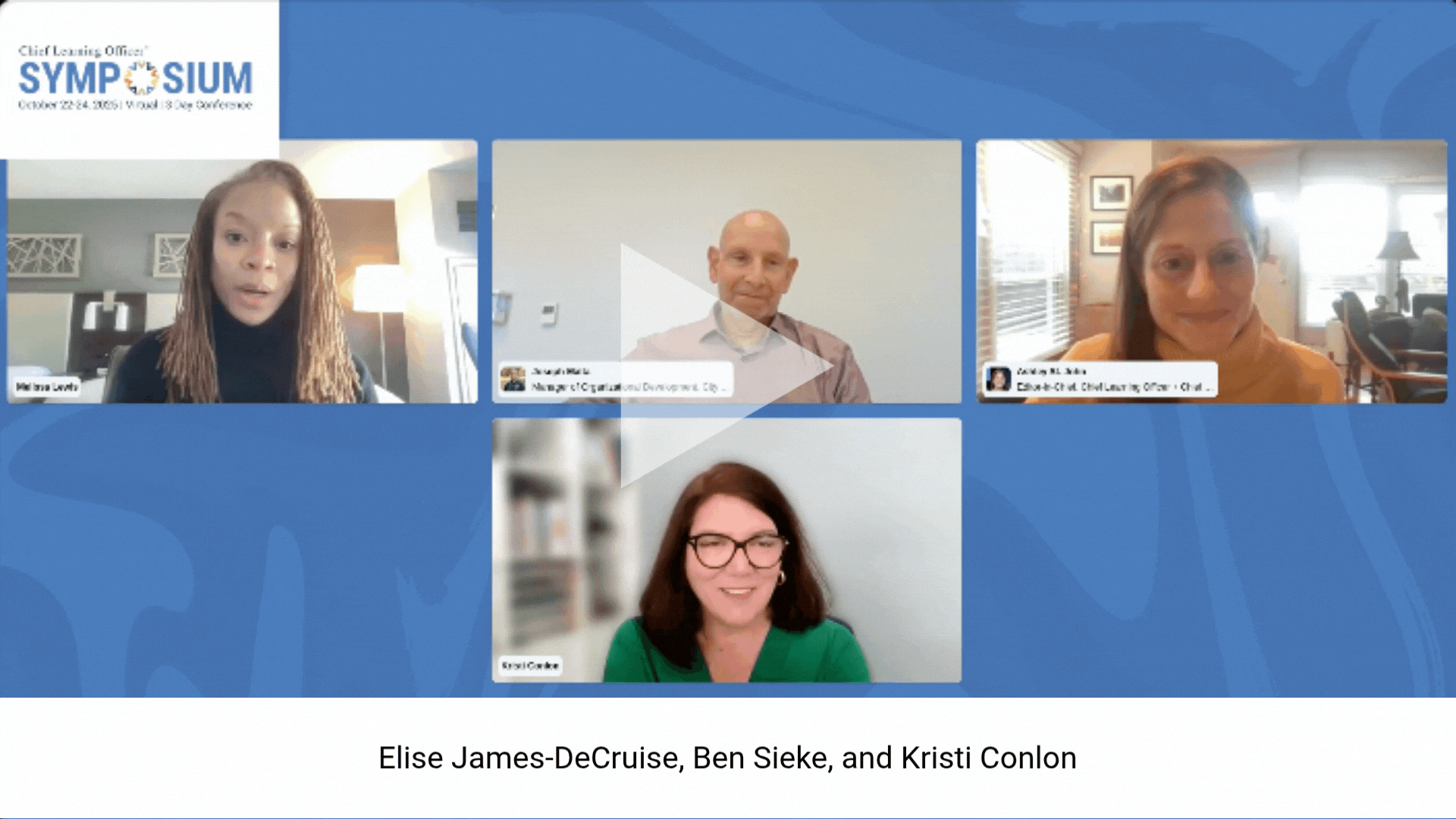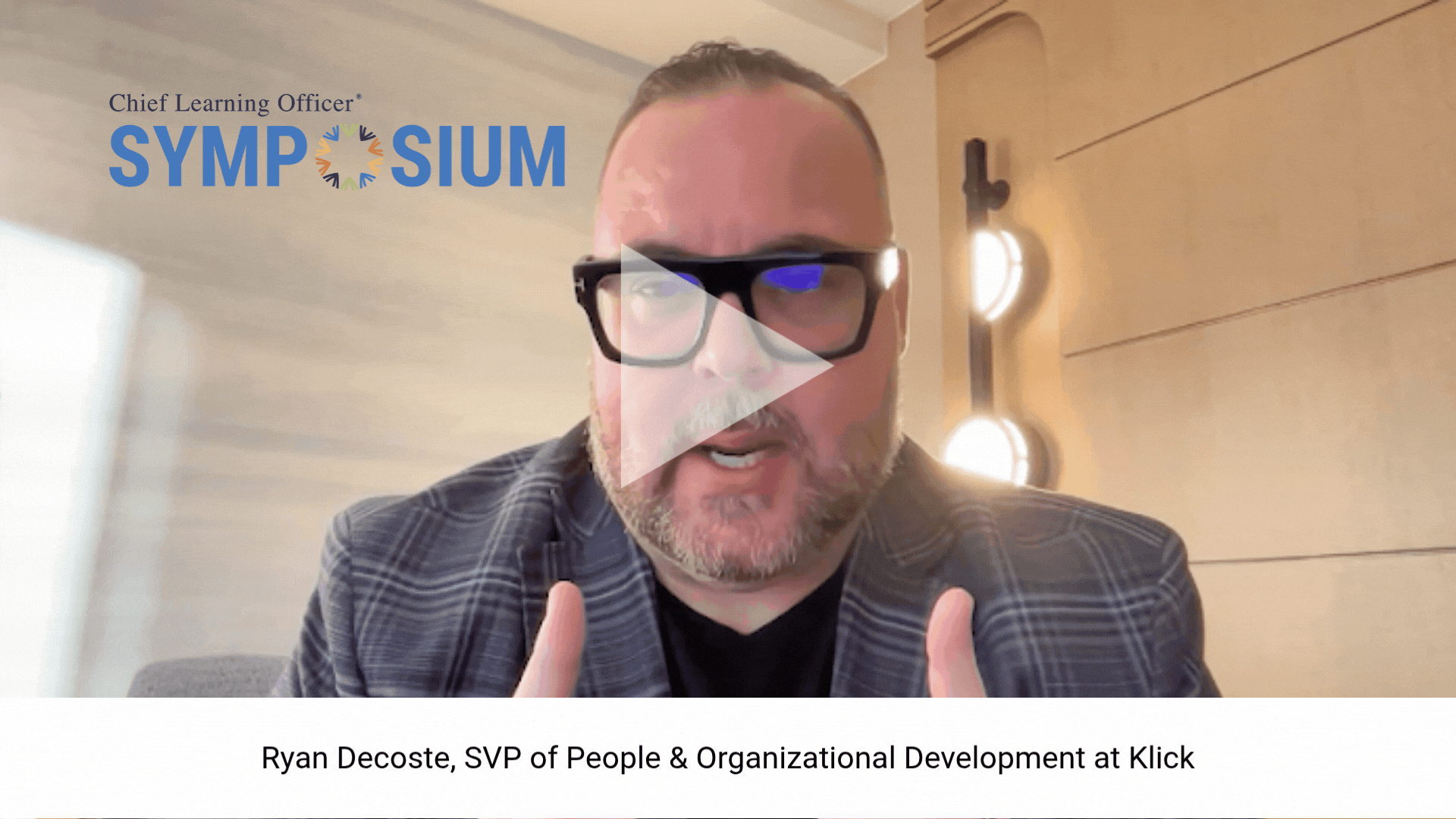-
Your leaders’ brains were not made for this moment
Technology has advanced exponentially over the last few decades, and our brains are getting left behind.
-
How our brains learn to hate
As leaders, we are being watched. With that comes responsibility — to understand and to model antidotes.
-
Neurons in the workplace: Looking at the learner through the lens of the brain
When we hire someone for their attitude, ability, capability and potential, we’re essentially hiring them for their brain.
-
Brain-based leadership in a time of heightened uncertainty
Heightened uncertainty can have a devastating impact on the performance and mental health of employees, triggering a threat response in the brain that interferes with rational thinking, collaborating and solving problems. By understanding the core psychological needs of employees, leaders can focus their efforts on the strategies that will have the greatest impact on engagement…
-
It’s not about the ‘what.’ It’s about the ‘how’ and the ‘feel.’
Great leadership requires cognitive, behavioral and situational skills, and leadership development programs must address all of these needs.
-
Consider scenario-based microlearning for soft skills
When done right, emotional learning centers in the brain can be effectively engaged with scenario-based storytelling using video or animation.
-
The AGES Model can help learning stick
The brain learns best when an experience engages the hippocampus, a region of the brain that’s active when new information is embedded into long-term memory. The hippocampus activates when four conditions are met: attention, generation, emotion and spacing — a framework that the NeuroLeadership Institute calls the AGES Model.
-
A Neuroscience Framework for Evaluating the Effectiveness of L&D Solutions
Critical thinking about training can lead to critical gains in business.
- BUDDY PASS NOW AVAILABLE on CLO Symposium Registration, CLO Accelerator Enrollment and Membership.
- BUDDY PASS NOW AVAILABLE on CLO Symposium Registration, CLO Accelerator Enrollment and Membership.
- BUDDY PASS NOW AVAILABLE on CLO Symposium Registration, CLO Accelerator Enrollment and Membership.
- BUDDY PASS NOW AVAILABLE on CLO Symposium Registration, CLO Accelerator Enrollment and Membership.




